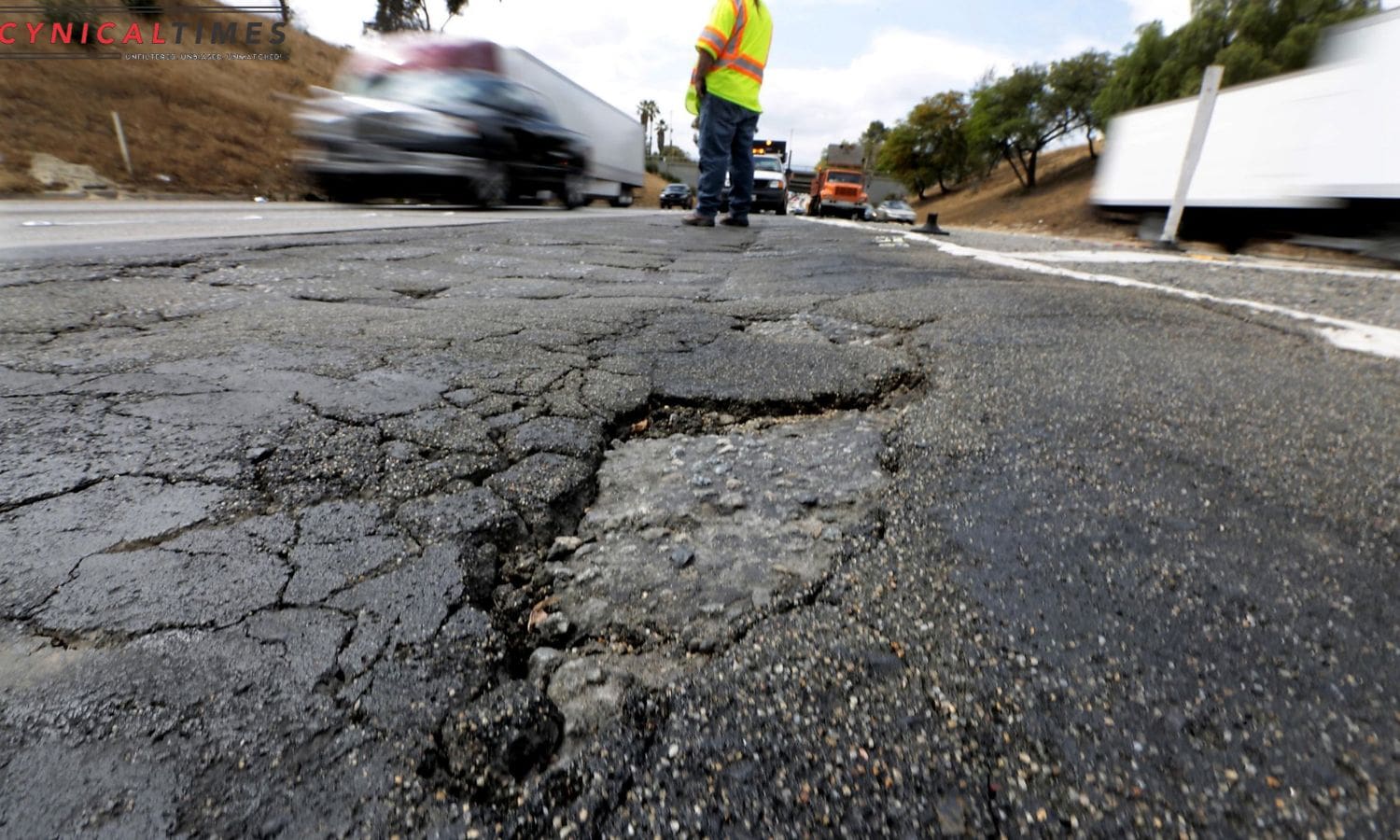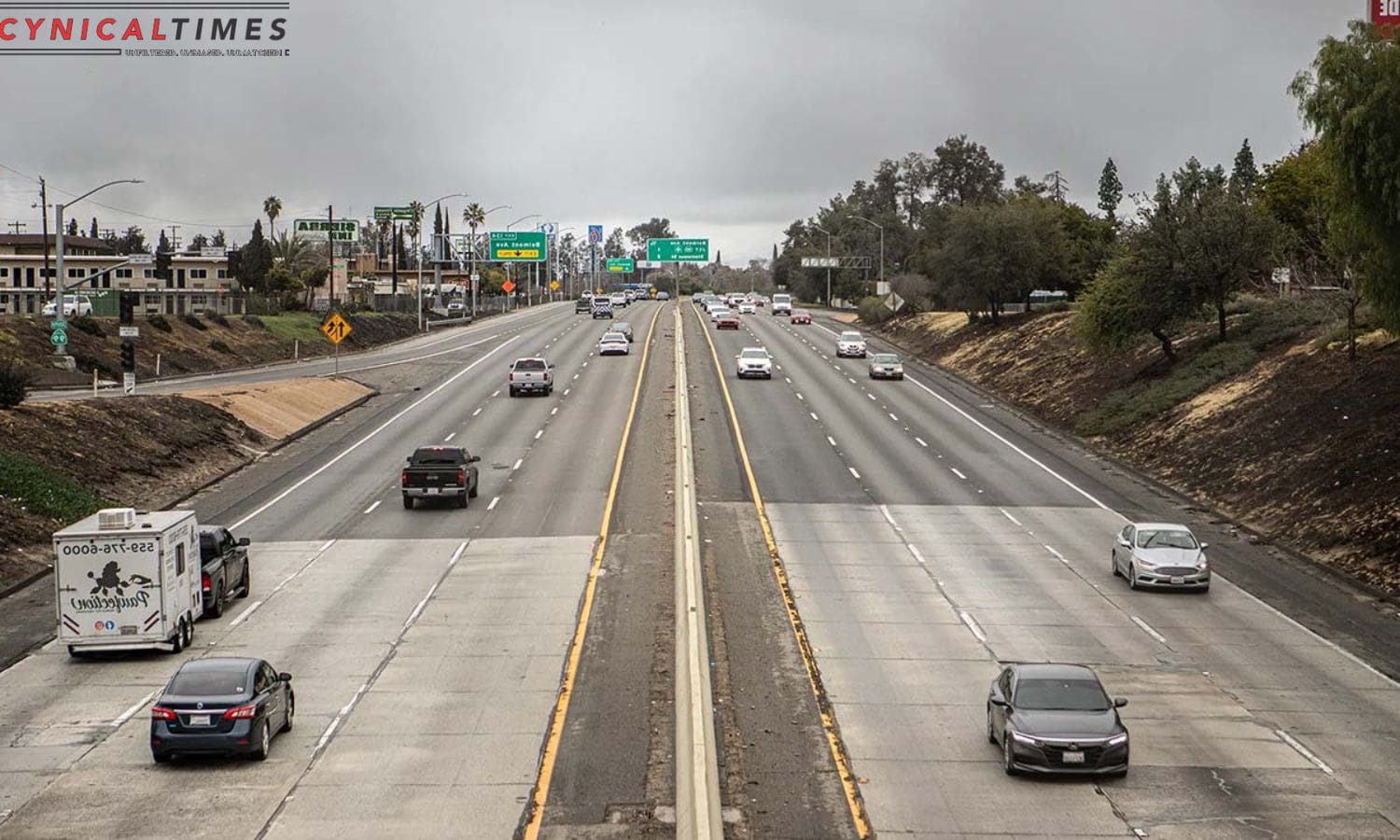California 6 Billion Dollar Gas Tax Drop: California is facing a significant funding decline in transportation infrastructure due to a projected $6 billion drop in gas tax revenue. This decline is primarily attributed to the transition towards electric vehicles.
As policymakers grapple with the urgency of addressing this issue, proposed solutions include implementing mileage fees and tax adjustments. However, finding a balance between climate goals and funding transportation remains a complex challenge for the state.
Key Takeaways Of California 6 Billion Dollar Gas Tax Drop
- California’s transportation sector is facing a significant funding decline of $4.4 billion, mainly due to a projected drop in gas tax revenue of $6 billion.
- The transition to electric vehicles is contributing to the decline in gas tax revenue, leading to infrastructure challenges and a lack of funds for road repairs, highway expansions, and infrastructure projects.
- Proposed solutions to address this issue include implementing mileage fees based on miles traveled, adjusting taxes to compensate for the decline in gas tax revenues, and forming public-private partnerships to finance infrastructure projects.
- Immediate action is urgently needed to prevent further deterioration of highways and transportation infrastructure, as delaying action could have severe consequences for the economy and public safety.
Funding Decline Projection: California’s Transportation Faces $4.4 Billion Drop
As a result of a projected $6 billion drop in gas tax revenue, California’s transportation sector is facing a funding decline of $4.4 billion. This significant decrease in funding poses a serious challenge to the state’s transportation infrastructure and services.
The Legislative Analyst’s Office report highlights the need for immediate action to address this funding shortfall. Without adequate resources, California will struggle to maintain and improve its transportation network, which is crucial for economic growth and mobility.
The projected decline in funding will have far-reaching consequences, affecting the maintenance of roads, bridges, and public transportation systems. Additionally, it may hinder the state’s ability to invest in innovative solutions to address traffic congestion and reduce greenhouse gas emissions.
Finding alternative sources of funding and implementing cost-effective strategies will be essential to mitigate the negative impact of this projected funding decline.


Impact of Electric Vehicle Transition: $6 Billion Funding Drop in Gas Taxes Projected
Continuing the discussion on the funding decline projection, the transition to electric vehicles is expected to result in a $6 billion drop in gas taxes, exacerbating California’s infrastructure challenges.
As more consumers switch to electric vehicles, the demand for gasoline decreases, leading to a decline in gas tax revenues. This projected funding drop poses significant challenges for the state’s transportation infrastructure, which is already struggling to keep up with maintenance and repair needs.
The decline in gas tax revenues means there will be fewer funds available for road repairs, highway expansions, and other infrastructure projects. This could result in deteriorating road conditions, increased traffic congestion, and slower transportation system improvements.
To address this issue, California will need to explore alternative funding sources or consider implementing policies that ensure electric vehicle owners contribute their fair share to support the state’s infrastructure needs.
Proposed Solutions: Mileage Fees and Tax Adjustments to Address Funding Shortfalls
To address the projected $6 billion drop in gas tax revenues, California is considering implementing mileage fees and tax adjustments as proposed solutions to address funding shortfalls for the state’s transportation infrastructure. These solutions aim to find alternative ways to generate revenue for maintaining and improving roads, bridges, and public transportation systems.
Here are three potential solutions that are being considered:
- Mileage fees: This approach would involve charging drivers based on the number of miles they travel, rather than relying solely on gas taxes. By implementing mileage fees, the state can ensure that all drivers contribute to the upkeep of infrastructure, regardless of the type of vehicle they use.
- Tax adjustments: Another option is to adjust existing taxes, such as vehicle registration fees or sales taxes, to compensate for the decline in gas tax revenues. This would distribute the burden of funding transportation more evenly among all residents and vehicle owners.
- Public-private partnerships: California could explore partnerships with private companies to finance infrastructure projects. This approach would involve collaboration between the government and private entities, leveraging their expertise and resources to fund and execute transportation initiatives.


Also Read: Car Crash Injures Pedestrians in Natomas UPS Store Incident
Urgency of Addressing the Issue: Policymakers Urged to Act Promptly
Prompted by the significant drop in gas tax revenues, policymakers are urged to take immediate action in addressing the urgency of California’s infrastructure woes.
The decline in gas tax revenue, amounting to a staggering $6 billion, has highlighted the pressing need to find alternative sources of funding to prevent further deterioration of the state’s highways and maintain its transportation infrastructure.
Delaying action on this issue could have severe consequences for both the economy and public safety.
The current situation demands a prompt response from policymakers to explore innovative solutions, such as mileage fees and tax adjustments, to address the funding shortfall.
Balancing Climate Goals and Transportation Funding: California’s Complex Challenge
The intricate challenge facing California is balancing the state’s ambitious climate goals, particularly the shift to electric vehicles, with the critical need for alternative funding sources to maintain and improve transportation infrastructure in light of the $6 billion drop in gas tax revenue. This complex challenge requires careful consideration and strategic planning to ensure that California can continue to make progress towards its climate goals while also addressing the pressing need for transportation funding.
Developing innovative funding mechanisms that align with climate goals, such as implementing a mileage-based fee system or increasing fees on electric vehicles.
Prioritizing investments in sustainable transportation infrastructure, including electric vehicle charging stations and public transportation systems.
Collaborating with private sector partners to explore funding opportunities, such as public-private partnerships or corporate sponsorship of transportation projects.


Conclusion Of California 6 Billion Dollar Gas Tax Drop
In conclusion, California is projected to face a significant funding drop of $6 billion in gas taxes due to the transition to electric vehicles. This decline in funding poses a major challenge for the state’s transportation infrastructure.
Proposed solutions such as mileage fees and tax adjustments are being considered to address the funding shortfalls. Policymakers are urged to act promptly in finding a balance between addressing climate goals and maintaining adequate transportation funding.
Our Reader’s Queries
Who has highest gas tax in us?
California boasts the highest gasoline tax rate in the United States, with a staggering 77.9 U.S. cents per gallon as of July 2023. This has earned the state a reputation for having some of the highest fuel prices in the country.
What is the break down of taxes on a gallon of gas in California?
In California, the state excise tax is set at 57.9 cents per gallon, while the federal excise tax is 18.4 cents per gallon. The Energy Information Administration (EIA) provides a weekly average price for gasoline in California.
How much does California collect in gas tax annually?
Governor Gavin Newsom’s 2022-23 Proposed Budget reveals that motor vehicle fuel taxes brought in a whopping $6.5 billion in revenue in 2021-22, and are expected to generate an even higher amount of $7.4 billion in 2022-23. Meanwhile, diesel fuel taxes raked in $1.269 billion in 2021-22, with an estimated $1.4 billion projected for 2022-23. These figures demonstrate the significant contribution of fuel taxes to the state’s revenue, and highlight the importance of continued investment in this area.
Why is gas in California so expensive?
According to Haan, the primary reason for California’s fuel shortage is the lack of refining infrastructure that has been isolated for decades. He believes that the state has made it challenging to establish refineries, resulting in a significant decline in the number of refineries since 1991.

